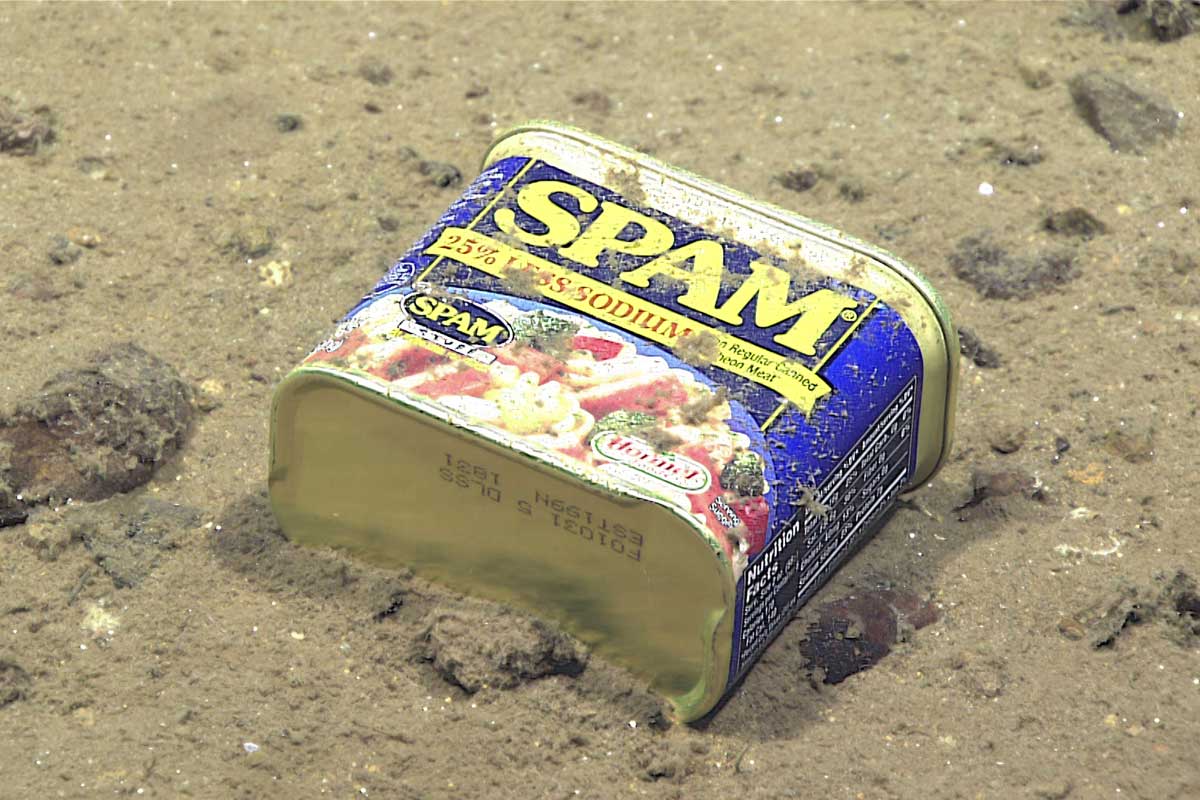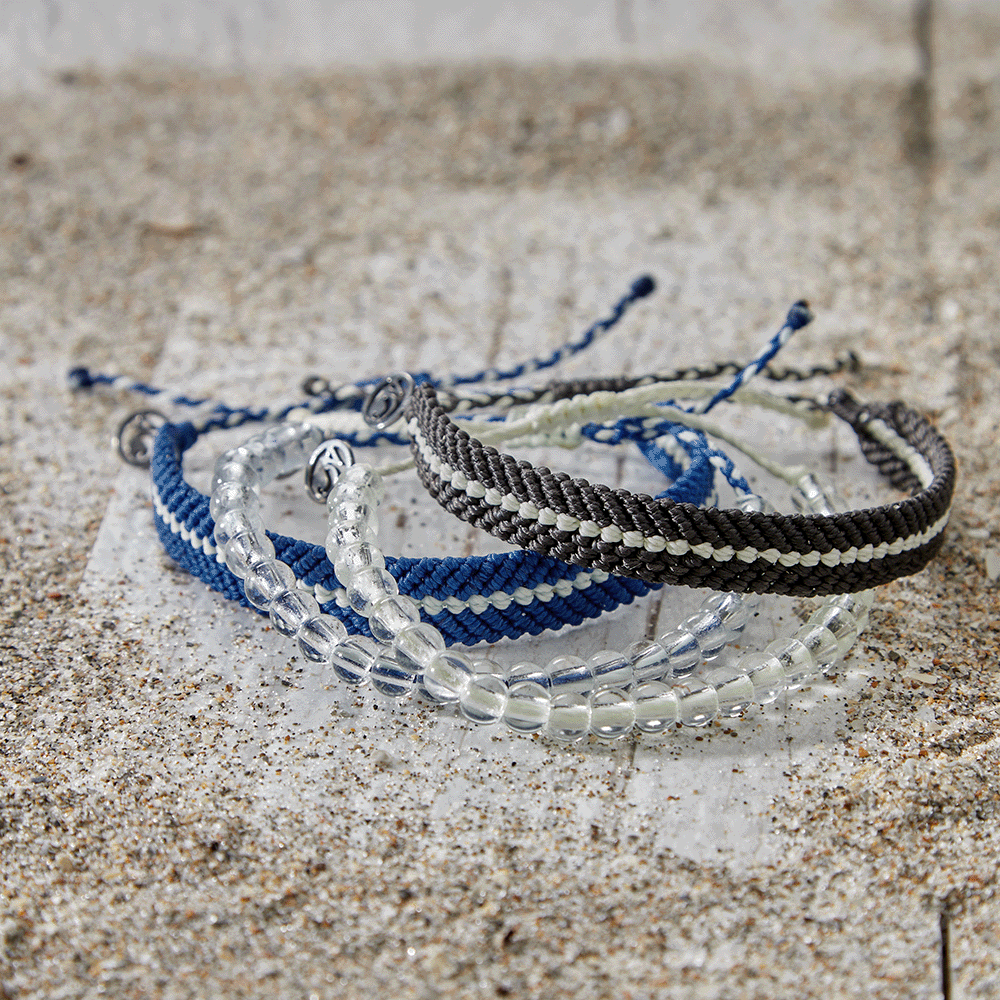Pollution in the Deep Sea (And Boy, Do We Mean DEEP Sea)

Pollution in the Mariana Trench is a stark reminder of how little we really know about the ocean or our impact on it
In the western Pacific Ocean (near Guam) lies a giant underwater canyon called the Mariana Trench. Roughly 1,500 miles long and 43 miles wide, this crescent-shaped ravine is home to the deepest-known place on Earth—Challenger Deep.

At 35,876 feet below the ocean’s surface, no sunlight penetrates here. In fact, more than 90% of the Mariana Trench exists in total darkness.
Water may be near freezing at one point and boiling hot from a nearby hydrothermal vent the next.
And the pressure is so great—about 8 tons per square inch to be exact—that your lungs would instantly collapse.
If you placed Mount Everest, the highest place on Earth, at the bottom of this trench, its peak would still be about 7,000 feet below sea level.
It’s almost impossible to fathom how far down you have to go to reach the bottom of the ocean.
In all of human history, only 27 people have descended to the stygian blackness of Challenger Deep.
Most of what we know comes from images and photographs taken by deep-sea submersibles and remotely operated vehicles like NOAA’s Deep Discoverer, which can be seen exploring an eruptive vent in the picture below.
We tend to think of this underwater realm as remote, pristine, and beyond human impact, but nothing could be further from the truth.
Every journey to the deep reveals dozens of new and rarely seen marine species with fascinating adaptations that allow them to thrive in this extreme environment.
For instance, many animals are transparent, which helps them stay hidden from predators. The video below is the first time anyone has seen a living fish from the family Aphyonidae, which has transparent, gelatinous skin instead of scales.
Some animals are bright red which, in the absence of red light, is an effective form of camouflage—other animals would just see them as black. The shrimp in the video below is not only red, but also has extremely long antennae that allow it to sense things when there’s no light to see by.
Other deep-sea animals are bioluminescent, which means they can produce their own light, just like unidentified jellyfish who gives us a brilliant display of this adaptation in the video below.
Some animals have outrageously enormous eyes and some have expandable stomachs that allow them to store food as they find it. Others have special organs or modes of transportation that allow them to conserve energy.
You can see just a few of the fascinating animals encountered during NOAA’s 2016 Deepwater Exploration of the Marianas in the video below.
But even in this alien world where humans almost never go, human trash can still be found.
The deepest piece of trash ever found—a single-use plastic grocery bag—was discovered 35,754 feet inside the Mariana Trench by scientists reviewing the JAMSTEC Deep-Sea Debris Database, a collection of photos and videos recorded by deep-sea submersibles and remotely operated vehicles that spans decades.
Of all the deep-sea debris that could be classified using this archival footage, researchers found that single-use plastics like straws, utensils, and water bottles accounted for a whopping 89% of all identifiable debris.
Single-use bags were the most common (so if you’re ready to make the swap from plastic bags to something more sustainable, check out 4ocean x ChicoBags—made from 100% recycled plastic!)

In 2018, a team of researchers collected samples of water and sediment from the Mariana Trench from depths of about 8,000 feet to just over 36,000 feet. Analysis of the data revealed the highest levels of plastic pollution ever found in the open ocean. Further analysis showed that concentrations of microplastic increased with depth.
Most of the microplastics found were a few millimeters long, likely from synthetic clothing, fishing gear, and the breakdown of other plastic waste.
Polyester was the most common type of plastic found in sediment samples while PET (or polyethylene terephthalate) was most frequent in water samples.
In 2017, researchers studying chemical pollutants in the Mariana Trench found “sky high” concentrations of “forever chemicals,” or persistent organic pollutants (POPs), in all of the animals sampled.
Some of these chemicals, like polychlorinated biphenyls (PCBs), were banned in the 1970s because of their “appalling” impact on people and wildlife. But they’re still present in our oceans because they just don’t break down in the environment.
More than 80% of our oceans remain unmapped, unobserved, and unexplored. We understand so little about life down here that it’s impossible to understand the impact of plastic and chemical pollution at this depth.
The unfortunate truth is that we’ve likely caused more damage than we’ll ever realize, but that doesn’t mean it’s too late to prevent more harm.
The ocean is incredibly resilient and has the remarkable ability to recover—if we let it.

We designed our Deep Sea Bracelet Collection to raise awareness about the unknown impacts of the ocean plastic crisis and how much we have yet to learn. Each bracelet in this collection is handcrafted with glow-in-the-dark cord made from 100% 4ocean Plastic that mimics the bioluminescence of some of our favorite deep sea creatures.
Snag your favorite style today and pull a pound of trash from the ocean!

Glow-in-the-Dark Deep Sea Bracelets
By purchasing any one of these bracelets, you will pull five pounds of trash from the world’s oceans, rivers, and coastlines.






